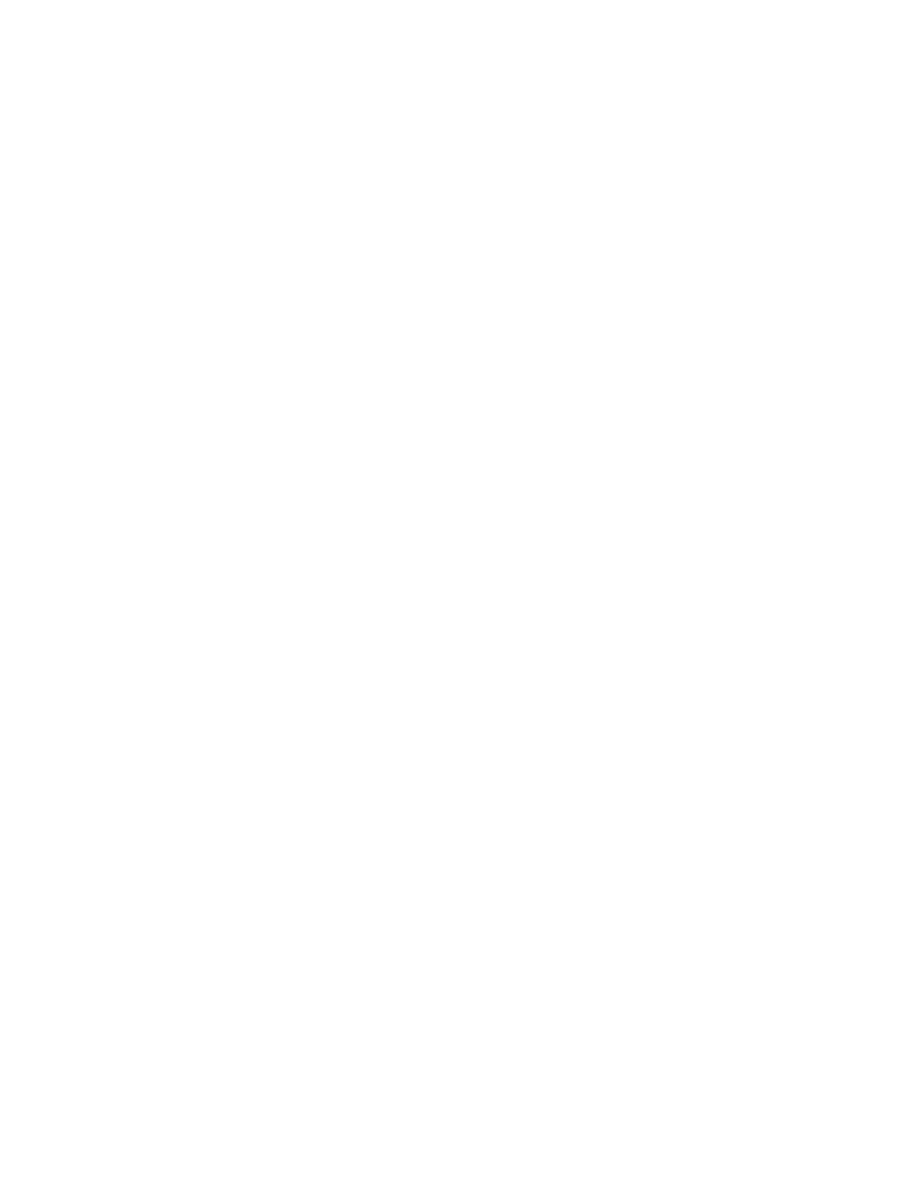
431
Federal Aviation Administration, DOT
§ 25.689
unless the tab is appropriately bal-
anced and shown to be free from flut-
ter.
(d) If an irreversible tab control sys-
tem is used, the part from the tab to
the attachment of the irreversible unit
to the airplane structure must consist
of a rigid connection.
[Doc. No. 5066, 29 FR 18291, Dec. 24, 1964, as
amended by Amdt. 25–23, 35 FR 5675, Apr. 8,
1970; Amdt. 25–115, 69 FR 40527, July 2, 2004]
§ 25.679
Control system gust locks.
(a) There must be a device to prevent
damage to the control surfaces (includ-
ing tabs), and to the control system,
from gusts striking the airplane while
it is on the ground or water. If the de-
vice, when engaged, prevents normal
operation of the control surfaces by the
pilot, it must—
(1) Automatically disengage when the
pilot operates the primary flight con-
trols in a normal manner; or
(2) Limit the operation of the air-
plane so that the pilot receives unmis-
takable warning at the start of takeoff.
(b) The device must have means to
preclude the possibility of it becoming
inadvertently engaged in flight.
§ 25.681
Limit load static tests.
(a) Compliance with the limit load
requirements of this Part must be
shown by tests in which—
(1) The direction of the test loads
produces the most severe loading in the
control system; and
(2) Each fitting, pulley, and bracket
used in attaching the system to the
main structure is included.
(b) Compliance must be shown (by
analyses or individual load tests) with
the special factor requirements for
control system joints subject to angu-
lar motion.
§ 25.683
Operation tests.
It must be shown by operation tests
that when portions of the control sys-
tem subject to pilot effort loads are
loaded to 80 percent of the limit load
specified for the system and the pow-
ered portions of the control system are
loaded to the maximum load expected
in normal operation, the system is free
from—
(a) Jamming;
(b) Excessive friction; and
(c) Excessive deflection.
[Doc. No. 5066, 29 FR 18291, Dec. 24, 1964, as
amended by Amdt. 25–23, 35 FR 5675, Apr. 8,
1970]
§ 25.685
Control system details.
(a) Each detail of each control sys-
tem must be designed and installed to
prevent jamming, chafing, and inter-
ference from cargo, passengers, loose
objects, or the freezing of moisture.
(b) There must be means in the cock-
pit to prevent the entry of foreign ob-
jects into places where they would jam
the system.
(c) There must be means to prevent
the slapping of cables or tubes against
other parts.
(d) Sections 25.689 and 25.693 apply to
cable systems and joints.
[Doc. No. 5066, 29 FR 18291, Dec. 24, 1964, as
amended by Amdt. 25–38, 41 FR 55466, Dec. 20,
1976]
§ 25.689
Cable systems.
(a) Each cable, cable fitting, turn-
buckle, splice, and pulley must be ap-
proved. In addition—
(1) No cable smaller than
1
⁄
8
inch in
diameter may be used in the aileron,
elevator, or rudder systems; and
(2) Each cable system must be de-
signed so that there will be no haz-
ardous change in cable tension
throughout the range of travel under
operating conditions and temperature
variations.
(b) Each kind and size of pulley must
correspond to the cable with which it is
used. Pulleys and sprockets must have
closely fitted guards to prevent the ca-
bles and chains from being displaced or
fouled. Each pulley must lie in the
plane passing through the cable so that
the cable does not rub against the pul-
ley flange.
(c) Fairleads must be installed so
that they do not cause a change in
cable direction of more than three de-
grees.
(d) Clevis pins subject to load or mo-
tion and retained only by cotter pins
may not be used in the control system.
(e) Turnbuckles must be attached to
parts having angular motion in a man-
ner that will positively prevent binding
throughout the range of travel.
VerDate Mar<15>2010
10:12 Mar 18, 2014
Jkt 232046
PO 00000
Frm 00441
Fmt 8010
Sfmt 8010
Y:\SGML\232046.XXX
232046
pmangrum on DSK3VPTVN1PROD with CFR